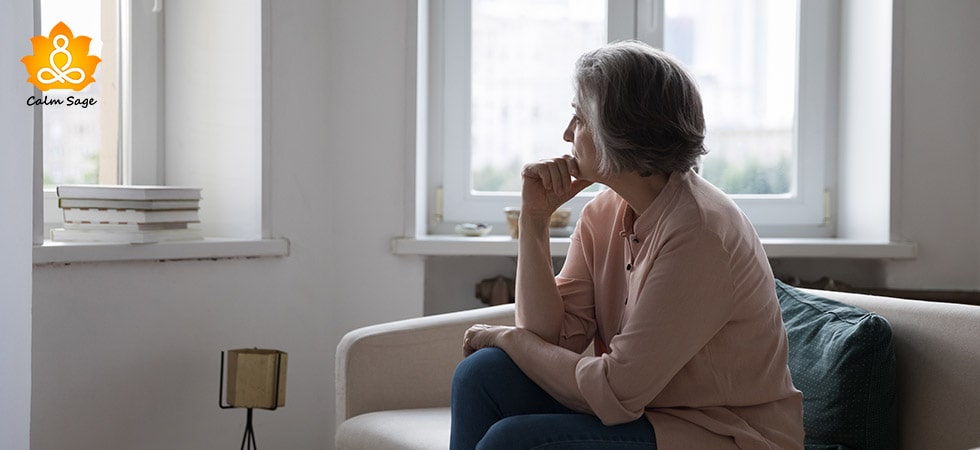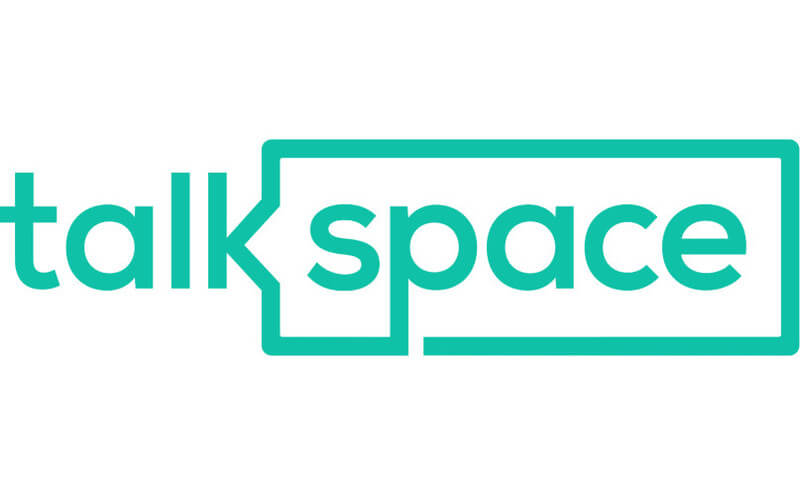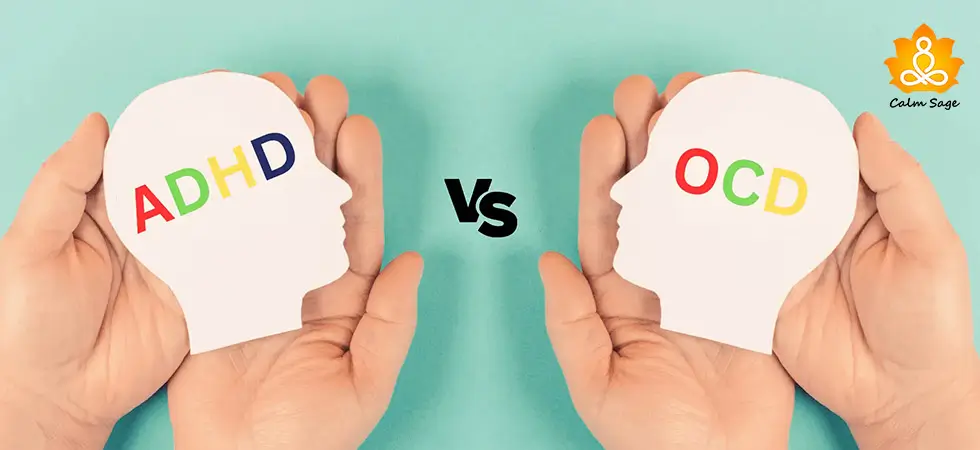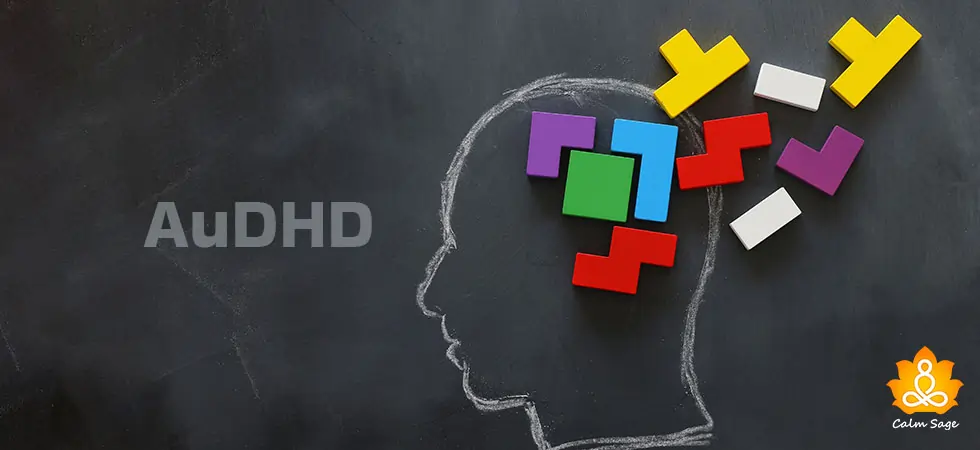ADHD In Women: Why ADHD Symptoms Differ In Women?

According to a recent survey, women in the USA are highly concerned about their physical well-being, mental health, money, and time management-related issues. The survey basically revolved around a basic question, “What is the biggest challenge you personally face after thinking of your own life?
The results revealed that apart from family issues, the women of the 21st century are concerned about time management, stress, and maintaining work-life balance. Women are dealing with various mental health issues such as stress, body image issues, post-partum depression, and others.
Out of all mental health issues or disorders, Attention-deficit hyperactivity disorder (ADHD) is one of the most undiagnosed conditions in females. The reason behind this is that people often believe that ADHD is likely to affect men mostly because women tend to have less disruptive symptoms as compared to men.
ADHD in women is one of the most common and undiagnosed mental health conditions in women. In this blog, let’s take a deep look at what is ADHD in women, its symptoms, causes, diagnosis, treatment, and more. So, let’s get started!
What is ADHD in Women?

ADHD in women in of the most undiagnosed mental conditions as the symptoms for ADHD are different in women as compared to boys and men. ADHD in women generally comes in three presentations, hyperactive/impulsive, inattentive, and combined type. ADHD in men or the body causes fidgety, disruptive, talkative, impatient, and impulsive behavior followed by mood swings.
Meanwhile, ADHD in women is different because it mostly revolves around inattentiveness, lack or inability to concentrate, pay attention to details, remember things, or listen properly. Research shows that gender bias also plays an important role in the underdiagnosis or misdiagnosis of ADHD in girls or women.
Mostly, inattentive type ADHD cases are seen in women followed by impulsivity, shyness, and others. The reason behind being underdiagnosed is that these symptoms of ADHD in women are often seen as personality traits. Girls are consistently underdiagnosed and this disparity does not clearly make boys or men more susceptible to developing ADHD.
Symptoms of ADHD in women are quite different from men and a lot of differences can be seen. During adolescence ADHD in girls worsens self-efficacy additionally, aggression and higher levels of anxiety and depression can also be seen.
Many people on the internet asked, what does ADHD after 40 in women look like? Well, it’s the same as ADHD in 20’s or 30’s women however, fewer symptoms can be different such as low mood, depression, and anxiety.
How does ADHD differ in women?
According to the DSM-5, the symptoms of ADHD in women can revolve around three types of ADHD (predominantly inattentive type, predominantly hyperactive-impulsive type, and combined type. According to the research, females are more likely to get diagnosed with inattentive type of ADHD. Meanwhile, the hyperactive-impulsive type is observed in males more.
It can be due to different brain structures. Moreover, depression or depressive episodes are more common in women with ADHD because due to their symptoms, they are not able to fulfill societal expectations.
Signs of ADHD in Women
Underdiagnosed or undiagnosed ADHD in women is specifically characterized by a lack of concentration, difficulty organizing or managing, missing deadlines, and others that impact the everyday aspects of life. ADHD in women impacts different aspects of life.
some of the symptoms are noticeable in work or school, however, they are mostly covered by shyness, mood swings, or irritability in women. Here’s how symptoms of ADHD in women look in different areas of life:
1. Daily Life
ADHD in women shows up in different areas of life directly yet, it is one of the underdiagnosed mental health conditions in women. Women’s ADHD in daily life looks like limiting disasters slowly and not moving towards goals. The symptoms mostly revolve around frustration and sadness which makes a woman feel like lacks potential.
Below are some of the common signs and symptoms of ADHD in women:
- Uneasy feeling around paper clutter
- Overspending to compensate for problems
- Disorganization related to research, time, and money
- Decision-making issues
- Unable to relax
- Emotional problems
2. Relationships
Managing relationships can be difficult for women living with ADHD as they can be sometimes emotionally unavailable to their friends, family, or spouse. Sometimes, they might forget birthdays, anniversaries, or other important dates. This makes them depressed as remembering dates is attached to societal expectations.
Below are some of the common signs and symptoms of ADHD in women revolving around relationships:
- Difficulty maintaining relationships
- Forgetfulness related to birthdays, anniversaries, or other important dates
- Lack of concentrations
- Inability to match societal expectations
3. School
ADHD symptoms in girls are quite different than women because women are most likely to get diagnosed with inattentive type ADHD and ADHD in girls revolves more around hyperactivity or impulsivity. Additionally, girls might seem hyperfocus which is a direct sign of ADHD.
As an adult, these women feel more frustrated or depressed as they are not able to perform similarly even if they feel they’re smart enough to reach such achievements easily. Below are some of the common signs and symptoms of ADHD in women revolving around school:
- Hyperactivity-impulsivity
- Hyperfocus
4. Social Life
There can be a lot of changes or differences seen in women with ADHD. For example, it might happen that they used to socialize a lot during their teenage and as an adult, they want to keep it simple to avoid complications.
People might be able to find out a lot of differences based on talkativeness, high vibes, presence in social gatherings, emotional availability during conversations, and others. Below are some of the common signs and symptoms of ADHD in women revolving around social life:
- Inability to socialize
- Avoiding complications
- Lack of social energy
5. Workplace
Women with ADHD struggle with a lot of challenges in the workplace. They might not like the noise; they might choose to log in early or stay late to avoid socializing. This happens because ADHD-working women often believe that they can work effectively when no one’s around and it’s quiet.
Below are some of the common signs and symptoms of ADHD in women revolving around the workplace:
- Lack of concentration
- Lack of workplace connections
- Inability to meet tasks or deadlines
6. Others
Other symptoms of ADHD in women can look like:
- Being constantly called out for silly mistakes
- Unable to multitask
- Constantly missing deadlines
- Procrastination
- Spacing out
- Difficulty being organized
- Frequently missing appointments
- Difficulty making decisions
- Fidgeting or restlessness
- Excessive talking or no talking at all
- Trouble maintaining relationships
- Difficulty relaxing or sitting still
Causes of ADHD in Women
As of now, there’s no research underlying the exact cause behind the development of ADHD in women. However, some studies show a strong link between ADHD and genetics which means that if you have a family member with ADHD, you might be at a risk of developing ADHD.
ADHD people are neurodivergent which means that their brain structures are different. Additionally, research also shows that sex-based hormones can also affect someone with ADHD.
Diagnosis of ADHD in Women
If you think you or your loved one might be struggling with the symptoms of women’s ADHD, the first step is to connect with a certified and experienced mental health professional to understand things about yourself, your symptoms, causes, and other important factors.
In order to connect with an experienced mental health professional through online platforms, click below:

Great for a large network of licensed therapists
-
$60 to $90/week, billed every 4 weeks
-
Therapy via messaging, phone, or live video chat
-
Flexible cancellation at any time
20% off your first month

Great for CBT Based therapists
-
$40/week, billed every 4 weeks
-
Therapy via messaging, phone, or live video chat
-
Specialization for CBT based Therapy
20% off your first month

Best for Treatment Plants
-
$60 to $90/week, billed every 4 weeks
-
Therapy via messaging, phone, or live video chat
-
Flexible cancellation at any time
$100 off your first month with code SPACE
The diagnosis process of ADHD usually revolves around
Treatment of ADHD in Women

Treatment of ADHD in women can revolve around different approaches. Generally, the treatment approach for ADHD in women depends upon the severity, type, and impact on different aspects of life. Treatment of ADHD in women includes psychotherapy, medications, lifestyle changes, and self-help strategies to help ease at work, social life, or relationships.
In order to find the right treatment approach, it’s important to seek a proper diagnosis first. After getting a diagnosis, and understanding your symptoms and causes, you’ll be able to understand what works for you. Furthermore, you’ll also be able to seek help and make positive changes to your life according to your condition.
Recognizing your strengths and weaknesses will also help you in creating your own coping strategies at your workplace, home, or social life. below are some of the effective treatment types for ADHD in women:
1. Psychotherapy
Psychotherapy can help in solving emotional problems and can help address problems such as stress, life management, family relationships, self-esteem, and more. Below listed are some of the commonly prescribed therapy options for treating ADHD in women:
- Cognitive Behavioral Therapy (CBT): CBT helps in identifying and replacing negative behaviors with positive ones. Additionally, it can also help with stress management, self-regulation, and impulse control.
- Dialectical Behavioral Therapy (DBT): DBT is a type of CBT that can help in increasing self-acceptance, mindfulness, self-esteem, and self-acceptance.
- Neurocognitive Psychotherapy: Neurocognitive psychotherapy is derived from the aspects of CBT which helps in enhancing attention and concentration for chronic diseases.
2. Medications
Medication and psychotherapy are the first-line treatment method for ADHD. Some medications help in treating specific symptoms such as lack of concentration, depression, and anxiety. Below listed are some of the commonly prescribed medications for ADHD:
- Stimulants (non-amphetamines or amphetamines)
- Non-stimulants (Strattera, kapvay, tenex)
Self-Help Strategies to Manage ADHD in Women and Girls
If you or your loved one is recently diagnosed with ADHD, here’s what you can do along with therapy and medications to self-manage the condition:
- Take medications as prescribed.
- Attend therapy sessions religiously.
- Seek external support through loved ones or family members
- Find what makes you creative and build your interest.
- Join a support group.
- Learn time management skills.
- Seek more education about ADHD.
- Join a social skills training program.
I hope this blog helps you understand ADHD in women. Comment down and share your views on the same or you can also write to us at Calm Sage. For more such content, connect with us through all social media platforms.
Thanks for reading!




















